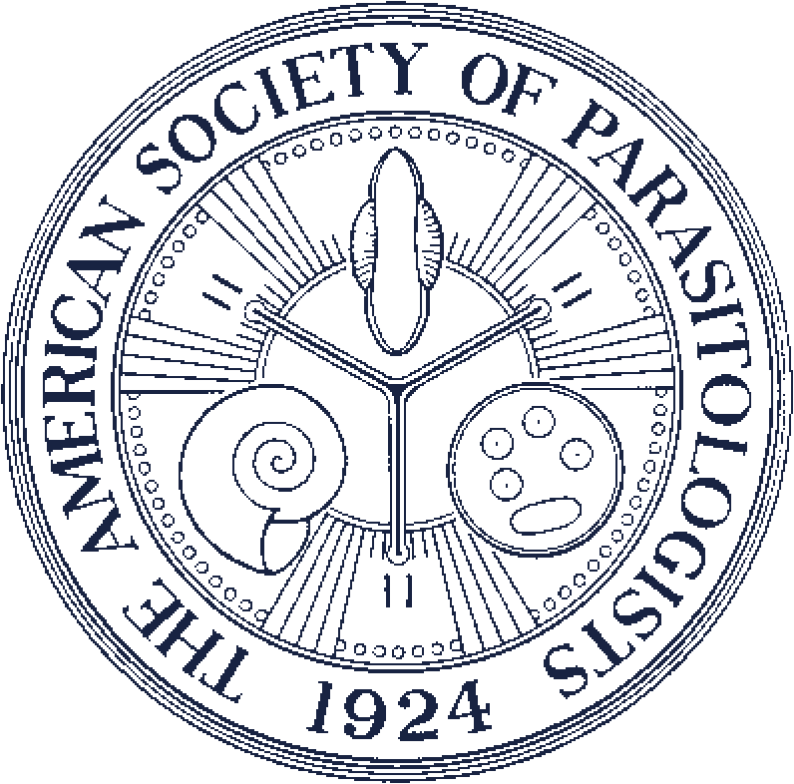Gene Cloning and Characterization of the Protein Encoded by the Neospora caninum Bradyzoite-Specific Antigen Gene Bag1
Neospora caninum is an Apicomplexan parasite that causes repeated abortion and stillbirth in cattle. The aim of this study was to clone the gene encoding the N. caninum orthologue (NcBAG1) of the Toxoplasma gondii bradyzoite-specific protein TgBAG1 and characterize its expression pattern in the parasite. Isolation of the full-length 684-bp gene revealed that it shared 78.3% sequence similarity with TgBAG1. NcBAG1 encodes a predicted protein of 227 amino acids with 80.3% similarity to TgBAG1. A putative signal peptide sequence and an invariant GVL motif characteristic of small heat-shock proteins were identified in the predicted N. caninum amino acid sequence. We expressed the NcBAG1 gene as a recombinant glutathione S-transferase fusion protein (rNcBAG1) in Escherichia coli and used the purified 60 kDa protein to obtain a monoclonal antibody (Mab). rNcBAG1 reacted to Mabs specific for NcBAG1 and TgBAG1. No reaction between the NcBAG1 Mab and N. caninum tachyzoites was observed. Although the predicted molecular mass of NcBAG1 is 25 kDa, Western blot analysis of parasite lysates using the NcBAG1 Mab revealed a cross-reactive protein of approximately 30 kDa. Additionally, immunofluorescence assays using the tachyzoite-specific Mab for NcSAG1 and the bradyzoite-specific Mab for TgBAG1 or NcSAG4 revealed NcBAG1-specific expression in bradyzoites in cultures exposed to sodium nitroprusside, a reagent that increases the frequency of bradyzoites. Interestingly, the NcBAG1 protein was identified in the cytoplasm of the bradyzoite-stage parasites. This preliminary analysis of the NcBAG1 gene will assist investigations into the role of this protein in N. caninum.Abstract:

Nucleotide alignment of the Neospora caninum NcBAG1 gene with Toxoplasma gondii TgBAG1. The region of high sequence conservation between NcBAG1 and TgBAG1 is represented by asterisks. The in-frame stop codon is boxed. The conserved adenine in the −3 position is underlined. The intron insertion positions are shown by downward facing arrowheads in NcBAG1 and upward facing arrowheads in TgBAG1.

The deduced 227 amino acid Neospora caninum NcBAG1 sequence aligned with the orthologous TgBAG1 protein from Toxoplasma gondii. Sequence conservation between NcBAG1 and TgBAG1 is represented by the upper asterisks. The putative signal peptide is represented by double underlining (positions 1–31). The GVL motif that is a characteristic of heat shock proteins is boxed. A comparison of the C-terminal amino acid sequences of NcBAG1 with sHSP derived from Plasmodium falciparum and Medicago saliva (alfalfa) is also shown. Sequence conservation between NcBAG1 and sHSPs is represented by asterisks shown below the alignment.

SDS-PAGE and western blot analysis of recombinant NcBAG1 (rNcBAG1) from Neospora caninum. M: molecular maker, 1: rNcBAG1, 2: rTgBAG1, 3: rNcSAG4, 4: GST, 5: rNcBAG1, 6: rTgBAG1, 7: rNcSAG4, 8: GST (5–8 reacted with anti-rNcBAG1 Mab), 9: NcBAG1, 10: rTgBAG1, 11: rNcSAG4, 12: GST, 13: NcBAG1, 14: rTgBAG1, 15: rNcSAG4, 16: GST. Lanes 5–8: antigens probed with the anti-rNcBAG1 Mab 20-2-57; antigens in lanes 9–12 were probed with the anti-rTgBAG1 Mab 6-4; and antigens in lanes 13–16 were probed with the anti-rNcSAG4 Mab 4-D-1. Lanes 17–19: Zoite lysates from day 0, 3, and 6 after SNP treatment. Lanes 20–22: Lysates of the antigens shown in lanes 17–19 probed with the anti-rNcBAG1 Mab.

Triple immunofluorescence staining of Neospora caninum cultured with or without sodium nitroprusside (SNP). (A) αNcSAG1 (red) + αNcBAG1 (green) + αTgBAG1 (blue) (SNP-: day 0 after SNP treatment), (B) αNcSAG1 (red) + αNcBAG1 (green) + αTgBAG1 (blue) (SNP+; day 3), (C) αNcSAG1 (red) + αNcBAG1 (green) + αTgBAG1 (blue) (SNP+; day 6), (D) αNcSAG1 (red) + αNcBAG1 (green) + αNcSAG4 (blue) (SNP+; day 3), (E, F) αNcSAG1 (red) + αNcBAG1 (green) + αNcSAG4 (blue) (SNP+; day 6). (F) Horizontal arrows indicate the intermediate stage zoites, while the vertical arrows indicate the bradyzoites. Bars for A–E = 5 μm, F = 20 μm.
Contributor Notes
